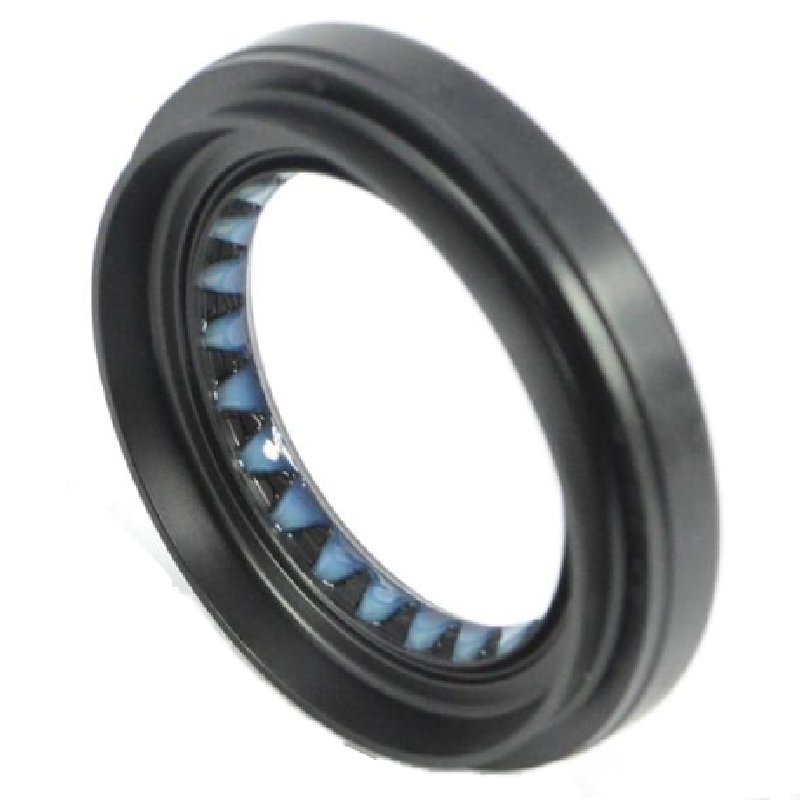Replacing Rear Axle Pinion Seal for Enhanced Vehicle Performance and Durability
Understanding Rear Axle Pinion Seal Importance and Maintenance
The rear axle pinion seal is a critical component in the drive axle assembly of a vehicle. It serves as a barrier that prevents differential fluid from leaking out of the rear axle housing, ensuring optimal lubrication of the pinion gear and maintaining the functioning of the entire driveline system. In this article, we will explore the significance of the rear axle pinion seal, common issues associated with it, and best practices for maintenance and replacement.
Importance of the Rear Axle Pinion Seal
The rear axle pinion seal is essential for the smooth operation of a vehicle’s rear axle. It is located where the pinion shaft exits the differential housing and is responsible for sealing the gear oil within the axle. This oil is vital for lubricating the gear set, reducing friction, and dissipating heat generated during operation. A properly functioning pinion seal helps prevent wear and tear on the differential components, which can lead to costly repairs if not addressed promptly.
Moreover, the pinion seal plays an essential role in maintaining the integrity of the axle assembly. A leak in this seal can result in a significant loss of differential fluid, leading to inadequate lubrication. This situation can cause the differential to overheat and ultimately fail, resulting in severe and expensive mechanical issues. Therefore, monitoring the condition of the rear axle pinion seal is crucial for vehicle longevity.
Common Issues with Pinion Seals
Several factors can lead to the deterioration of rear axle pinion seals. Over time, exposure to heat, contaminants, and pressure fluctuations can cause the rubber material to degrade, making it less effective at keeping the differential fluid contained. Additionally, improper installation of the pinion seal or incorrect spacing of the pinion gear can lead to premature seal failure.
rear axle pinion seal

One of the most noticeable signs of a failing pinion seal is the presence of fluid leakage. If you observe a puddle of differential oil beneath the vehicle, it is likely coming from a damaged pinion seal. Other symptoms may include unusual noises emanating from the rear axle, such as whining or grinding sounds, which indicate that the gears may not be adequately lubricated.
Maintenance and Replacement
To ensure the longevity of your vehicle's rear axle pinion seal, regular inspections should be conducted, especially during routine maintenance checks. Mechanics should pay close attention to any signs of leaking fluid or deterioration of the seal material. If any issues are noted, it is important to replace the pinion seal promptly to avoid more serious damage to the differential.
Replacing a rear axle pinion seal typically requires specific tools and mechanical knowledge. The process begins with lifting the vehicle and removing the drive shaft. Next, the differential housing cover may need to be removed to access the pinion gear. Once the pinion is exposed, the old seal can be carefully extracted, and a new seal can be installed. It’s vital to ensure the new seal is correctly seated and that the proper torque specifications are followed when reassembling the components to avoid future leaks.
Conclusion
The rear axle pinion seal is an indispensable part of a vehicle’s drivetrain system. Its primary function is to keep the differential fluid contained, thereby ensuring proper lubrication and smooth operation of the rear axle. Regular maintenance, including timely inspections and replacements, can help prevent major issues and extend the life of your vehicle. By staying vigilant and proactive about the health of the pinion seal, vehicle owners can protect their investments and ensure a reliable driving experience.
-
The Ultimate Guide to Car Repair Kits: Tools and Essentials Every Driver Should Own
News Aug.01,2025
-
The Complete Guide to Oil Pan Gaskets: Sealing Engine Leaks the Right Way
News Aug.01,2025
-
Preventing Oil Leaks: A Complete Guide to Oil Pan Gaskets and Drain Seals
News Aug.01,2025
-
Everything You Need to Know About Oil Pan Gaskets and Drain Plug Seals
News Aug.01,2025
-
Essential for Car Owners: How to Use a Car Repair Kit to Deal with Minor Breakdown
News Aug.01,2025
-
Comprehensive Guide to Engine Oil Sump Gaskets and Related Seals
News Aug.01,2025
-
The Ultimate Guide to Boat Propeller Bearings and Trailer Wheel Bearings
News Jul.31,2025
Products categories















